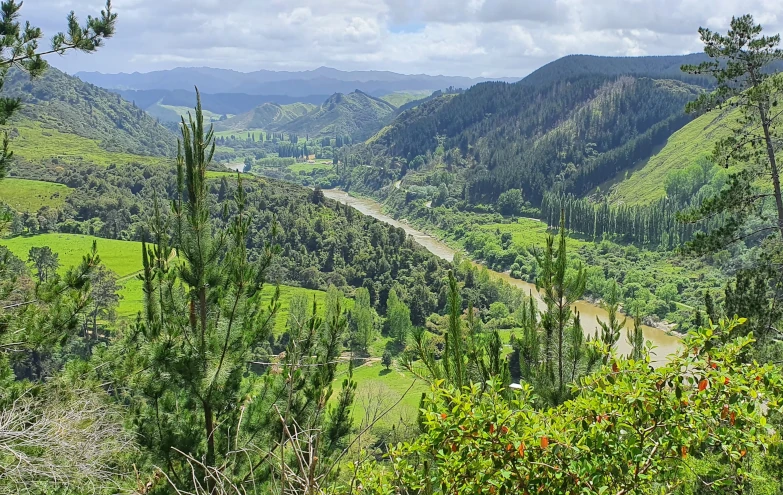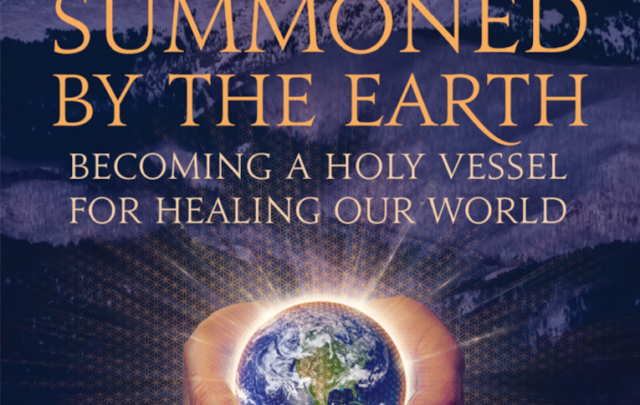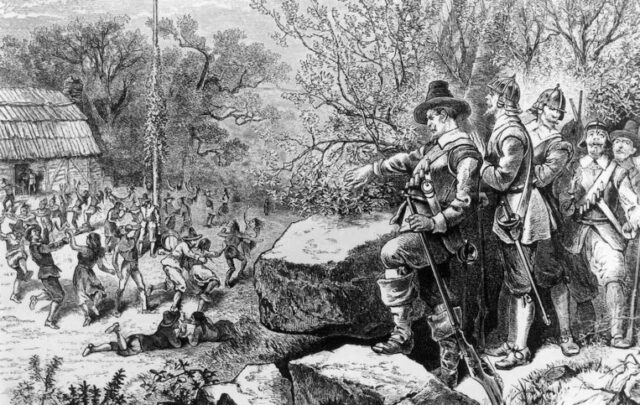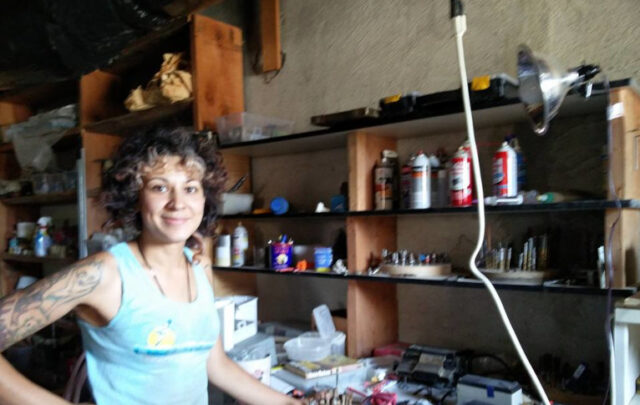In a world first, the Whanganui River in Aotearoa New Zealand was given the rights of a legal person in 2017, a transformation that is being repeated for several other rivers around the world. While the move has generated much discussion on the idea of ‘legal personhood’ for rivers and their connections with people and culture, little has been written on what the change actually means in practice. Here, Miriama Cribb, Elizabeth Macpherson and Axel Borchgrevink discuss how legal personhood translates to actions in regards to two projects relating to the Whanganui River.
In 2017, the Whanganui River in Aotearoa New Zealand was given the rights of a legal person under the Te Awa Tupua (Whanganui River Claims Settlement) Act 2017. This settlement followed almost two centuries of complex legal and political contest over the river, in which the Māori iwi and hapū (tribes) of the river have tirelessly fought to regain authority and management of the river, which has been undermined or overridden by settler-colonial legal frameworks.
Since the passage of the Te Awa Tupua Act in 2017, a large body of scholarly literature on the legal and governance arrangements has emerged, which focus mostly on the innovation of legal personhood and conceptual discussions on the rights of nature. Very little research has been conducted within Whanganui, and almost nothing has been written about how the Act is being implemented in practice. We address this gap by investigating two cases of emerging new forms of river governance at the local level as ways of implementing the Act.
These cases are Te Pūwaha (the revitalisation of the Port of Whanganui project), and Te Kōpuka nā Te Awa Tupua (Te Kōpuka), the collaborative group charged with developing a strategy for the river. We held over 30 interviews with local communities, key stakeholders, leaders, and engagements, between November 2022 and January 2023, and were supported by the post-settlement entity for the river, Ngā Tāngata Tiaki. By situating the Act in its local context and examining its implementation in practice, we shift attention away from the legal personality to: the centrality and jurisdiction of Māori kawa (value-based, Indigenous law); the establishment of a comprehensive set of new institutions and practices; and the devolution of authority to hapū (subtribes) and communities.
The Whanganui port revitalization project
Te Pūwaha, meaning the (river) mouth or gateway, is the Whanganui port revitalization project, and involves dredging, relocating and expanding the capacity of the boatbuilding company, and the stabilisation of the riverbanks (Figure 1). Te Pūwaha intends to restore activity in the harbour, including recreation and fishing, increase employment, whilst contributing to the overall health of the river.

Figure 1: How does a port revitalisation project on the Whanganui River proceed when the river has legal personhood? (Image by Axel Borchgrevink)
At the heart of the new governance structure is Te Mata Pūau – a collective of local sub-tribes overseeing the application of the Act, together with key partners at governance and operational levels. Te Pūwaha brings together a broad constellation of actors – tribal organisations, a private company, and public entities.
Tupua te Kawa, the intrinsic values representing the essence of the Act, guide all decision-making and operations in the project and to ensure these are implemented, a framework called He Ara Tuku Rau, has been developed. The framework turns the logic of the Resource Management Act (RMA) on its head by shifting the focus away from ‘avoid, remedy or mitigate’ towards the promotion of (the return to an original state of) abundance in the river. To ensure everyone understands the Kawa, inductions are held for employees, contractors, and staff involved in Te Pūwaha. Te Pūwaha also involves the community through representation on the governance board, open meeting and hearings on plans, and site visits to explain proposed activities.
The Te Kōpuka strategy group
The Te Awa Tupua Act establishes a strategy group Te Kōpuka, a 17-member group made up of iwi (tribes) with interest in the Whanganui River, local authorities, the Department of Conservation, New Zealand Fish and Game, Genesis Energy, and four members representing the environmental and conservation, tourism, recreation and primary industries sectors.
Establishing Te Kōpuka has required sustained engagement over time in discussion, sharing of concerns and viewpoints in order to move from a siloed treatment of river management towards a holistic understanding of the river as an integrated and living whole. Various meetings have established a consensus on issues to be addressed by Te Heke Ngahuru, the strategy for the Whanganui River, while developing a shared understanding of the Kawa.
The first draft of the strategy has been released and is currently undergoing its first round of public consultation, engagement, and socialisation. Once the final version is notified, decision makers must consider their planning documents in light of the Te Awa Tupua status, Tupua te Kawa, and Te Heke Ngahuru, and may initiate reviews of these documents to meet their obligations to the Act. It therefore provides a ‘subtle and incremental inroad’ to transcend limited RMA thinking and processes, that have marginalised Māori law, values and authority.
Shifting towards Māori kawa
These brief sketches of Te Pūwaha and Te Kōpuka give important insights into implementing Te Awa Tupua Act. Firstly, there has been a shift away from the legal personhood to the centrality and jurisdiction of Māori kawa (value-based, indigenous law). This is evident in both Te Pūwaha and Te Kōpuka whereby at the centre of all decisions, interactions, and activities, are the kawa. For example through inductions at Te Pūwaha or through the time spent on building an understanding of the kawa within Te Kōpuka.
Secondly, in order to implement the Act, a comprehensive set of new institutions and practices have been established. Many are provided for by the Act, including Te Kōpuka itself, others are established in response to specific tasks, such as Te Mata Pūau and the Te Pūwaha governance group and the abundance-based policy framework He Ara Tuku Rau.
Finally, another key aspect of the implementation of the Act, has seen the devolution of authority to hapū (subtribes) and communities. This is through the inclusion of the hapū-based collective Te Mata Pūau and community representation at Te Pūwaha, and the make-up of Te Kōpuka, where local authorities only represent four of the 17 positions, with the rest sitting within the communities. Across both cases are broad deliberate democratic participation.
The centring of Kawa in both Te Pūwaha and Te Kōpuka, not only elevates human to non-human relationships, but is holistic and collaborative in its approach, devolving decision-making to allow more equitable participation by communities including hapū and iwi – all with a common purpose of ensuring the health and well-being of Te Awa Tupua.
More importantly, context is important, whereby the application of kawa is dependent on the needs, time, place, and project ahead. Through the creation and elevation of kawa, Whanganui iwi encourage us all to fundamentally change how we see and therefore treat the river, embedded in Indigenous knowledge systems. For that reason, the Whanganui model should be understood as an Indigenous law model, not a rights of nature model.
The Whanganui model has the potential to be transformational, enabling a paradigm shift away from the RMA’s management model towards something that is both old and new. Furthermore, it is an Indigenous sharing model by virtue of the fact that through relationality, abundance, working together, putting the river first, and bringing a whole community in conversation with the river, the Whanganui model benefits us all.
The full article this story is based on is published as part of what is to be a special issue of The International Journal of Human Rights, on the Riverine Rights research project, exploring the currents and consequences of legal innovations on the rights of rivers in India, New Zealand, and Colombia. The full article can be accessed here.
Reference
Miriama Cribb, Elizabeth Macpherson & Axel Borchgrevink (2024). Beyond legal personhood for the Whanganui River: collaboration and pluralism in implementing the Te Awa Tupua Act, The International Journal of Human Rights, DOI: 10.1080/13642987.2024.2314532
https://www.tandfonline.com/doi/full/10.1080/13642987.2024.2314532
The views expressed in this article belong to the individual authors and do not represent the views of the Global Water Forum, the UNESCO Chair in Water Economics and Transboundary Water Governance, UNESCO, the Australian National University, World Bank, Oxford University, or any of the institutions to which the authors are associated.






